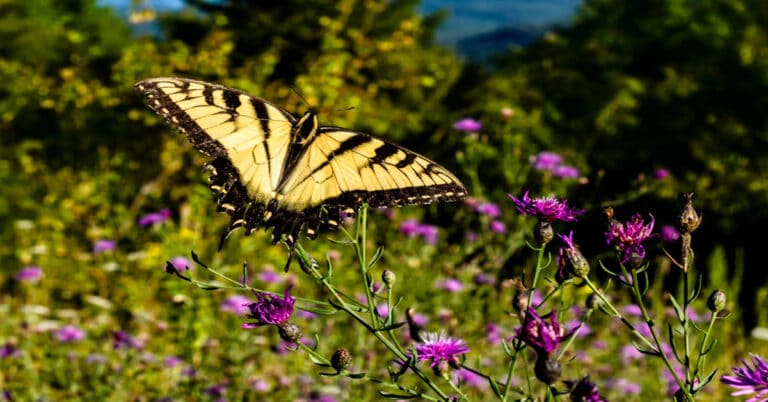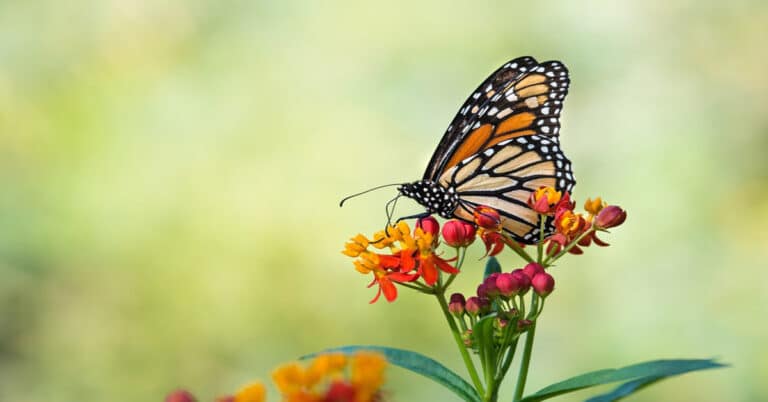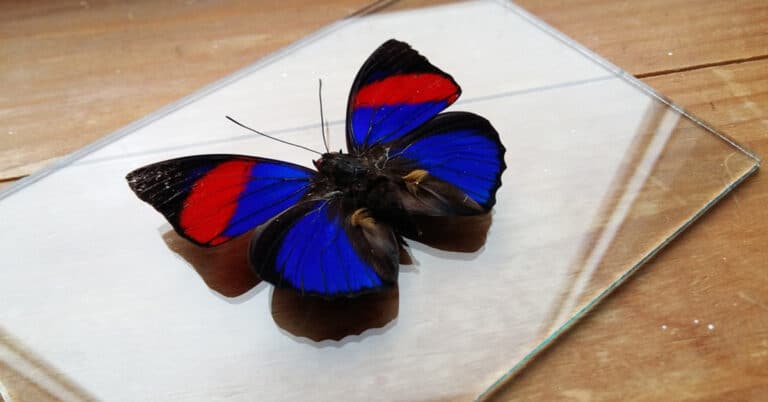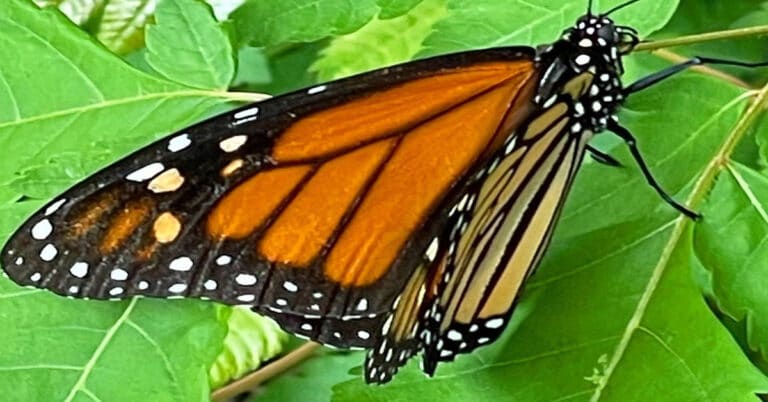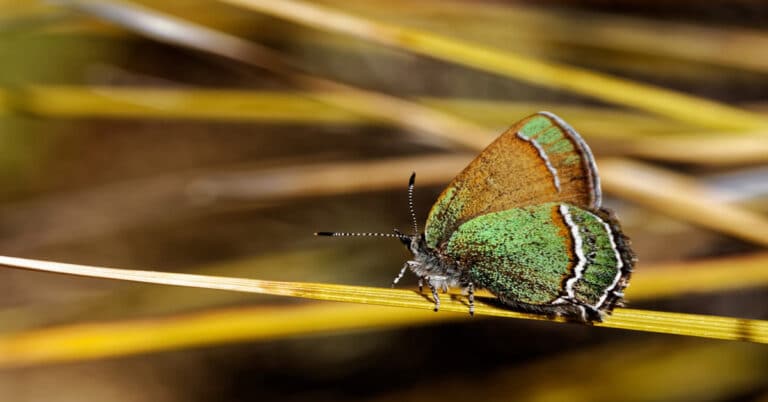Fun Butterfly Facts That Will Shock You
We have gathered some strange butterfly facts to share with you. Amaze your friends! Enjoy!
Butterfly Facts
- Butterflies range in size from a tiny 1/8 inch to a huge almost 12 inches.
- Butterflies can see red, green, and yellow.
- Some people say that when the black bands on the Woolybear caterpillar are wide, a cold winter is coming.
- The top butterfly flight speed is 12 miles per hour. Some moths can fly 25 miles per hour!
- Monarch butterflies journey from the Great Lakes to the Gulf of Mexico, a distance of about 2,000 miles, and return to the north again in the spring.
- Butterflies cannot fly if their body temperature is less than 86 degrees.
- Representations of butterflies are seen in Egyptian frescoes at Thebes, which are 3,500 years old.
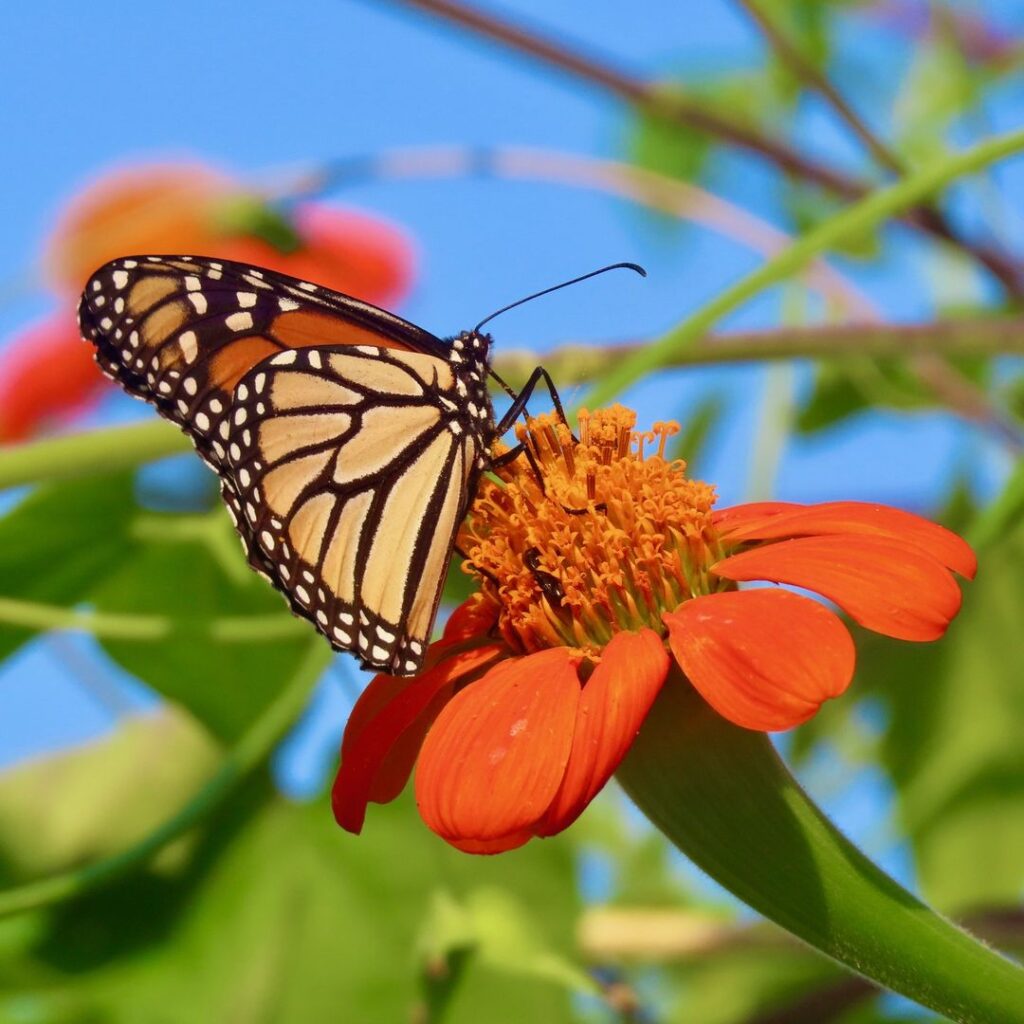
- Antarctica is the only continent on which no Lepidoptera have been found
- There are about 24,000 species of butterflies which is one of the most amazing butterfly facts. The moths are even more numerous: about 140,000 species of them were counted all over the world.
- The Brimstone butterfly (Gonepterix rhamni) has the longest lifetime of the adult butterflies: 9-10 months.
- Some Case Moth caterpillars (Psychidae) build a case around themselves that they always carry with them. It is made of silk and pieces of plants or soil.
- The caterpillars of some Snout Moths (Pyralididae) live in or on water-plants.
- The females of some moth species lack wings, all they can do to move is crawl.
- The Morgan’s Sphinx Moth from Madagascar has a proboscis (tube mouth) that is 12 to 14 inches long to get the nectar from the bottom of a 12 inch deep orchid discovered by Charles Darwin.
- Some moths never eat anything as adults because they don’t have mouths. They must live on the energy they stored as caterpillars.
- Many butterflies can taste with their feet to find out whether the leaf they sit on is good to lay eggs on to be their caterpillars’ food or not.
- There are more types of insects in one tropical rain forest tree than there are in the entire state of Vermont.
- In 1958 Entomologist W.G. Bruce published a list of Arthropod references in the Bible. The most frequently named bugs from the Bible are: Locust: 24, Moth: 11, Grasshopper: 10, Scorpion: 10, Caterpillar: 9, and Bee: 4.
- People eat insects called “Entomophagy”(people eating bugs) it has been practiced for centuries throughout Africa, Australia, Asia, the Middle East, and North, Central and South America. Why? Because many bugs are both protein-rich and good sources of vitamins, minerals and fats.
- YOU can eat bugs! Try the “Eat-A-Bug Cookbook” by David George Gordon , 10 Speed Press. Don’t want to cook them yourself? Go to HotLix for all sorts of insect goodies! My favorites are “Cricket-lickit a flavored sucker with a real edible cricket inside.
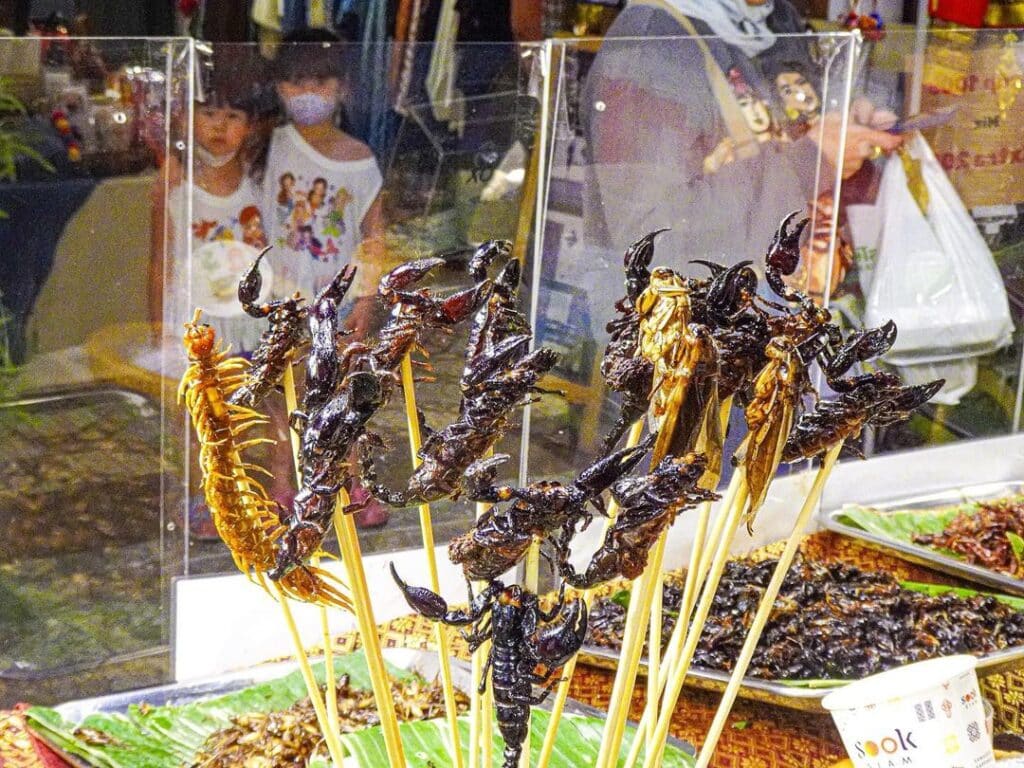
- Many insects can carry 50 times their own body weight. This would be like an adult person lifting two heavy cars full of people.
- There are over a million described species of insects. Some people estimate there are actually between 15 and 30 million species.
- Most insects are beneficial to people because they eat other insects, pollinate crops, are food for other animals, make products we use (like honey and silk) or have medical uses.
- Butterflies and insects have skeletons on the outside of their bodies, called the exoskeleton. This protects the insect and keeps water inside their bodies so they don’t dry out.
Looking for some more fun butterfly facts? We can help – we have LOTS of Fun articles to help you:
Do Butterflies Migrate? Where Do They Go?
How Do You Say ‘Butterfly’ in Different Languages?
How Long Do Butterflies Live?
Where Do Butterflies Live?
What Do Butterflies Eat?
What Eats Butterflies?

Having discovered a fondness for insects while pursuing her degree in Biology, Randi Jones was quite bugged to know that people usually dismissed these little creatures as “creepy-crawlies”.


